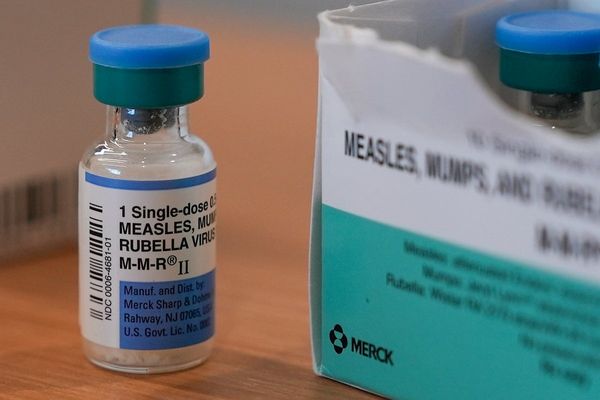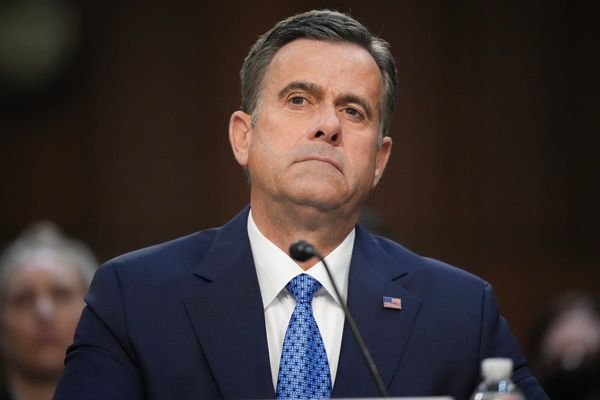
A salmon farming company has bought a Boeing 757 in a race to get its fresh fish on to the plates of diners in Manhattan in less than 24 hours.
The Faroese firm Bakkafrost, which also owns the Scottish Salmon Company, argues it can cut its carbon footprint by flying its own jet across the Atlantic and minimise waste by getting its fish to its US customers faster.
But sustainability campaigners say its transatlantic flights raise new questions about the climate impact of the global seafood industry and its increasing reliance on air freight to open new markets overseas.
Fresh seafood such as salmon, tuna and lobster is often flown across the globe rather than being frozen or super-chilled for transport by ship. Campaigners calculate that flying salmon fillets from Scandinavia to the US produces 17 times more CO2 than travel by boat.
Bakkafrost’s 757 is being converted into a flying fridge capable of carrying 35 tonnes of fresh salmon, chilled to zero degrees, from the Faroe Isles, an archipelago midway between Scotland and Iceland, direct to an airport in New Jersey. Harvested that day, it would arrive in time to reach US wholesalers and restaurants early the next morning.
Bakkafrost plans to fly other freight back to the Faroes or Scottish airports to reduce operating costs and is considering extra flights to take Scottish salmon to New York.
Regin Jacobsen, Bakkafrost’s chief executive, said direct flights in a ready-chilled hold would cut the firm’s CO2 emissions from air freight by 45%. It currently flies salmon to the US via Heathrow, which increases the flying time and needs large amounts of ice to keep the fish cool.
Jacobsen said the strategy would help meet his firm’s pledge to cut its carbon emissions by 50% by 2030 and to net zero by 2050, in line with United Nations sustainable development goals. Air freight, he added, was only a small proportion of its overall exports. It shipped thousands of tonnes by sea every week.
“Reducing our carbon footprint to the US is a huge step and it’s very important our customers get high-quality produce,” he said. “By reducing transportation times, it means consumers in New York and the east coast have very fresh produce and reduced food waste.”
Bakkafrost’s strategy is controversial within the salmon farming industry. Its Faroese rival Hiddenfjord stopped all air freight in October 2020 and instead uses ships to reach US customers; the nine-day voyages have cut its carbon footprint by 94%, at a 10th of the price of flying.
Blake Lee-Harwood of the Sustainable Fisheries Partnership, which advises supermarkets on climate- and environment-friendly fisheries policies, said the firm should be pursuing the lowest-carbon technologies instead of simply cutting flying time.
Worldwide, air freight is increasingly used to sell and distribute premium seafood. Live Canadian lobsters are flown to Shanghai in China, Chilean salmon to New York, and Norwegian salmon flown to Japan. Industry studies calculate 18% of Norway’s fresh salmon is air freighted to customers, representing 50% of Norwegian salmon farming’s total carbon emissions.
“Climate change is an existential threat to the seafood industry and to global livelihoods. We think the seafood industry has to be part of the solution by demonstrating absolute best practice. That inevitably means a move away from air transport, certainly for farmed salmon,” Lee-Harwood said.
Kath Dalmeny, the chief executive of Sustain, which campaigns on food and farming, said: “We’re in a climate and nature emergency. Globally, the way we produce our food is responsible for up to 30% of emissions.
“Rather than finding ways to fly food even more quickly from one side of the world to the other, we should all be endeavouring to create a food system that nourishes the planet’s population and allows nature to recover.”







